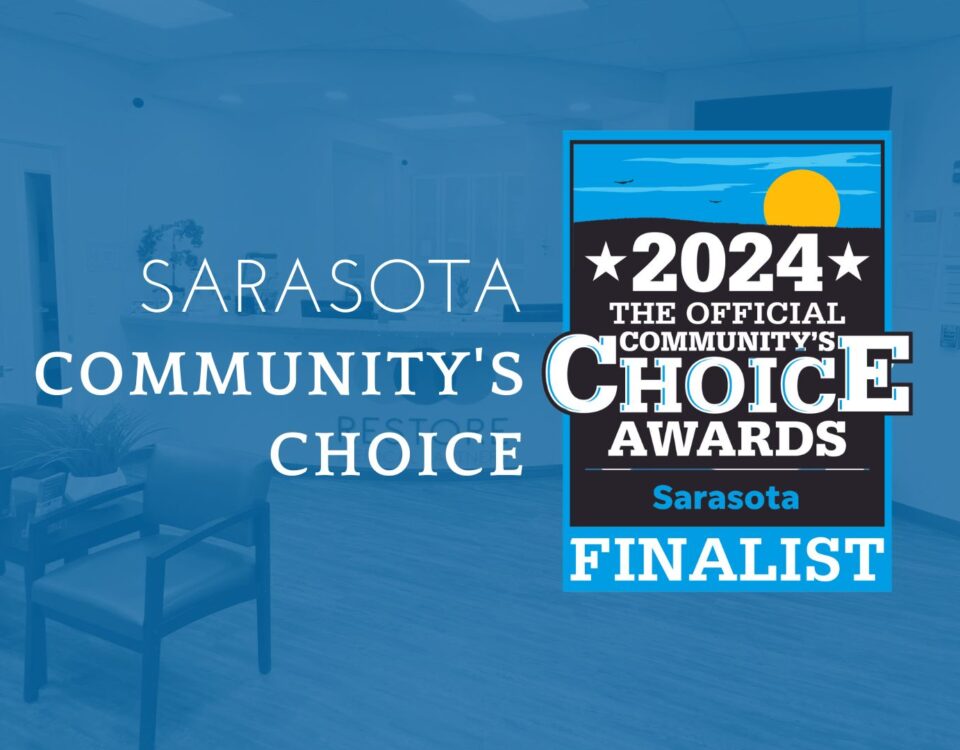
Fighting Inflammation With Your Diet
July 22, 2018
Radio-Frequency For Long-Lasting Pain Relief
October 22, 2018Pain Management Leads the Way

Like many specialties over the past few decades, pain management has undergone a metamorphosis that continues to this day. Unlike most of these specialties; Orthopedics, Spine Surgery, and others, Pain Management is little understood by the public and to a degree, among our medical peers as well. This transformation has seen pain management transition from “dead-end” practice to first line therapy. By this I mean that Pain Management used to be a place where patients were sent when all else had failed. There was little expectation for these patients to recover or restore their previous function, so the goal was simply to manage their symptoms and mitigate the issue. Historically this was carried out with the liberal prescription of pain killers.
That’s no longer good enough.
With the advent of minimally invasive intentional therapies such as X-ray guided injections, radio-frequency ablation treatments, and spinal cord stimulation, Pain Management has become the first stop for patients experiencing pain symptoms. Instead of the dead-end practice, we’re now playing quarterback. Due to the specific training and philosophy of board-certified pain management physicians today, more and more of the share of referrals for surgery are coming from practices like ours, not directly from primary care or elsewhere. Patients should trial other options before going into the OR.
The July 1st regulation changes in Florida have also reinforced this issue. By placing needed restrictions on the prescription and management of opioid pain medications by non-Pain Management providers, patients are increasingly being directed to the appropriate venue for treatment earlier on in the process. The law prevents doctors from prescribing chronic opioid regimens (beyond 7 days), unless they meet specific training and background criteria.
The result so far? Our experience has been that many patients who in the past would have trialed on opioids by their primary care doctor, are now being sent to us directly before that even begins. Most of those patients don’t end up needing these narcotic medications at all, and are able to regain functionality with alternative methods. This has, and will continue to provide, a community solution for reducing opioid prescription numbers: preventing them before they begin or weaning off very shortly thereafter. The impact of this transition is hard to calculate so early on, but it’s clear that putting patients experiencing pain in front of those trained to treat it will result in lower opioid doses and greater rates of recovery and relief.
Not surprisingly, the insurance companies agree. The big insurers have seen the numbers; guided pain management interventions prevent unnecessary operations, and oftentimes delay or provide an alternate to expensive and invasive surgeries. These treatments also reduce the need for expensive and dangerous medication regimens. Restore Medical Partners preaches that scale: minimally invasive treatments first, before considering more intense surgical options. Of course, sometimes surgery is needed, but oftentimes patients who thought they would need a operation are able to regain function and quality of life without it.
The field of Pain Management is rapidly changing, but the future is very clear; Interventional pain management physicians are no longer the end of the road, but the beginning. They need to be the ones leading the way in combating the opioid crisis by providing cutting edge solutions for their patients. And more important still, the public need to know about it.



